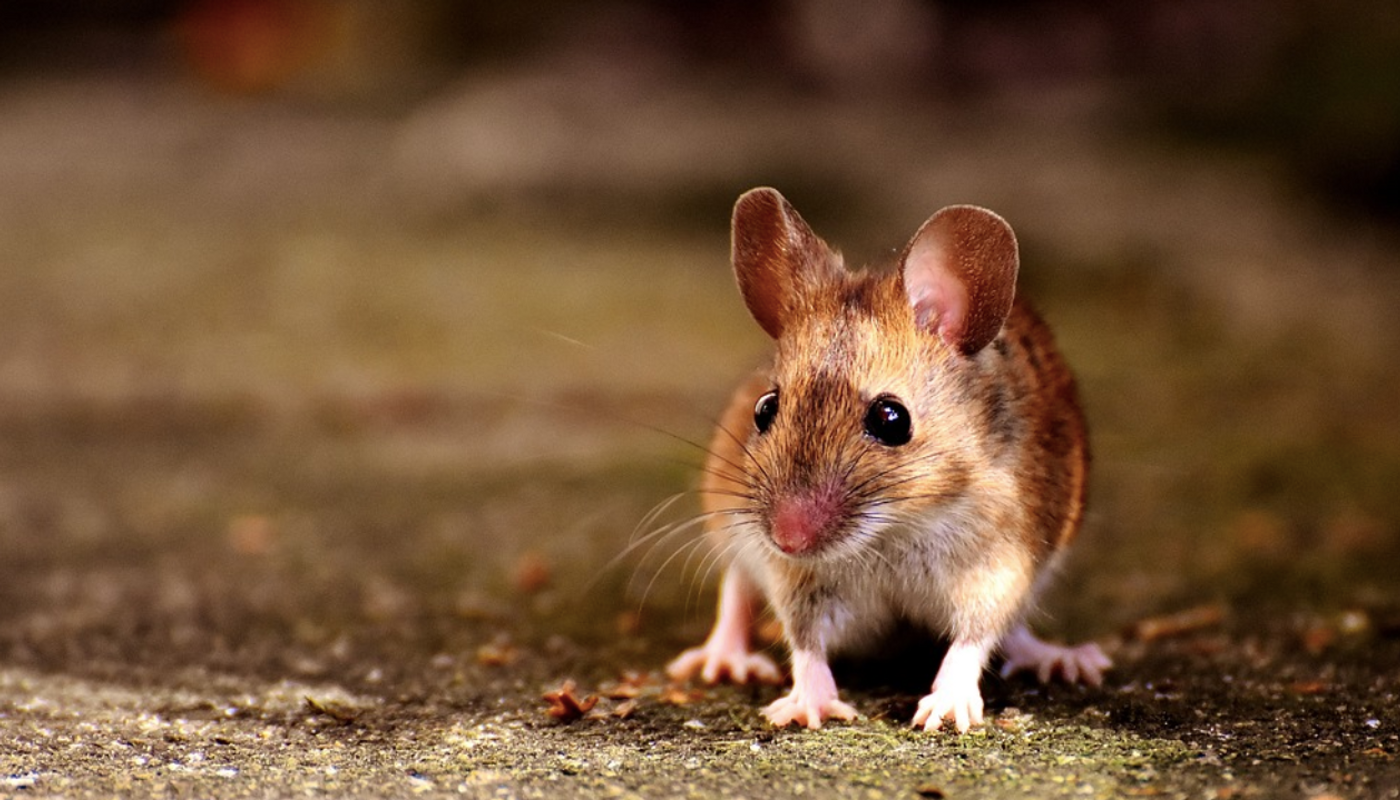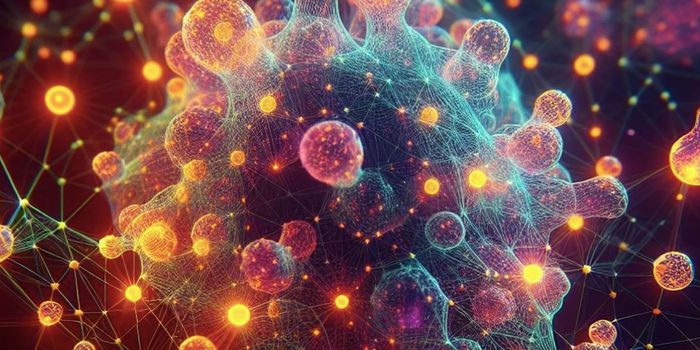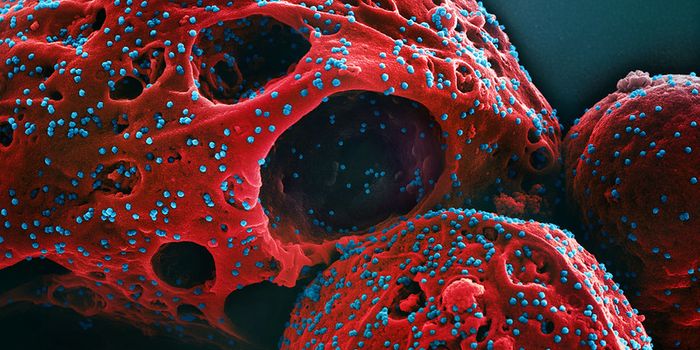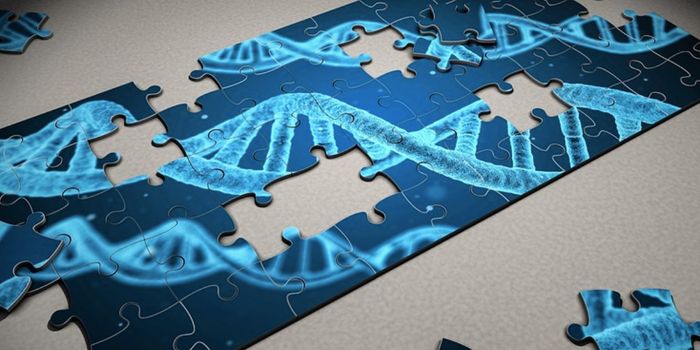Researchers Create Mice From Two Fathers
A proof-of-concept experiment in which a mouse was produced from two biological fathers has been announced by Professor Katsuhiko Hayashi from Osaka University at this year's Human Genome Editing conference, which recently concluded. If it could be replicated in humans, this breakthrough could allow gay male couples to have children, or potentially one man, without needing an egg from a female. This work has not yet been published or peer-reviewed.
The genome in male mouse cells carries an X and a Y chromosome, and female cells carry two X chromosomes. In this work, the researchers collected skin cells from male mice and reprogrammed them genetically to create induced pluripotent stem cells. About six percent of the altered cells also lost their Y chromosome, and only had an X chromosome after this process. With a drug called reversine and a fluorescent protein, the investigators duplicated the X chromosome that remained in cells that lost their Y chromosome. Egg cells were then made from these cells, and the scientists fertilized them with the sperm of another male mouse. Finally, the fertilized eggs were implanted into surrogate mice.
The researchers attempted this process 630 times, which resulted in the successful birth of seven pups that seemed healthy, normal, and fertile. However, that success rate is only about one percent. This work is different from a previous study that showed that it was possible to generate pups from two male mice. In those attempts, the pups died within a few days of birth.
Right now, we don't know if this process would work in humans. Hayashi acknowledged that there are many obstacles before people can use this technology. "There is a big difference between a mouse and a human," he said at the summit. "Technically this is possible. I'm not so sure whether at this stage it is safe or acceptable for society." He told BBC News that, "If people want it and if society accepts such a technology then yes, I'm for it."
In theory, this technique could enable two men to become parents, or even the same man, which might be more like cloning, suggested Nitzan Gonen, the head of the sex determination laboratory at Bar-Ilan University, in comments to AFP.
Gonen added that although it was a "revolutionary paper," there is a long way to go before we could use this approach in humans. For one thing, the process is "extremely inefficient," and 99 percent of embryos perish. Another concern is the potential additional problems that would come with a more lengthy pregnancy, such as the one humans have. While Gonen estimated that, "scientifically speaking," people might be able to use the technique in about 10 to 15 years, there are many ethical implications to consider. Just because something is possible doesn't always mean we should do it, "... especially when we are talking about a new human being."
Outside of the realm of human reproduction, this method could also help researchers rescue endangered species that are almost lost, if there is also a surrogate female available to carry the pregnancy
Sources: AFP, Business Insider, BBC









